Reduce Anxiety With Breathing
Breathe Through Your Anxiety
Have you ever gotten stuck in unwanted negative thoughts, that cause your breathing to get faster and your body to tighten? This is anxiety and the first step is recognizing the first signs of anxiety before it heightens and affects your quality of life.
Breathing techniques (pranayama in yoga) are recommended to help with dealing with anxiety and stress. When you start to feel a little worried or stressed, just start to focus on your breathing. Your breathing is a powerful tool and can help you calm your mind, regain your control and keep you present. Before starting any breathing practice, be sure you are in a comfortable position.
Slow, even, and deep breaths are readily available to you at any time and it doesn’t cost you anything. When you focus your mind on this breathing and nothing else, your thoughts will begin to fade away, your heart rate slows down and your mind relaxes. Remember when your mind relaxes, the body will relax. The best time to practice deep belly breathing is in the morning on an empty stomach. The benefits of abdominal breathing and Yogic breathing will increase over time when you regularly practice.
At Kevala Health Yoga, we have listed below our four best breathing techniques for beginners to help manage anxiety.
4 Best Breathing Techniques to Reduce Anxiety
4-2-4-2 Breathing:
Breathe in for four slow seconds, hold for two seconds, breathe out for four slow seconds, and pause for two. Then begin this cycle again and aim to do this for a few minutes.
Three-part Breathing (Deep belly combined with thoracic breathing):
Breathe into your lower belly first, then flow upwards into the lower side chest and finish up in the upper chest. Breathe into the three areas slowly and evenly. I like to bring more awareness to this three-part breathing by placing my right hand over my lower belly and my left hand over my heart space.
Longer Exhales:
Breathe in for four seconds, hold for four seconds, and exhale for eight seconds. When you allow your exhale to be longer than the inhale you will start to feel calmer. Aim to do this breathing for 2-5 minutes.
Abdominal Breathing:
Once you are lying or seated in a comfortable position, place one or two hands on the lower belly. Inhale through the nose and expand your belly only and exhale through the mouth. Repeat this for one or two minutes.
Another breathing exercise you can practice once you feel confident with the above breathing is the alternative nostril breathing. Place your right-hand thumb on the right nostril and the ring and little finger over the left nostril lightly. The other middle fingers can rest on the forehead or tucked in. First, take a couple of normal breaths, then breathe in the right nostril, close, breathe out the left nostril, then inhale left, close, and exhale right, then inhale right. Keep alternating nostrils when you inhale and exhale.
Breathing control is a big part of mindfulness and yoga and it’s very important you do not strain your breathing. In a Kevala Health live-stream yoga class, you will learn many breathing techniques to help you not only reduce anxiety but also strengthen and stretch your body and mind. Try our 14-day free trial of unlimited online yoga now and improve your quality of living.
If your anxiety continues or gets worse, or you feel dizzy or have side effects, then seek professional advice from your doctor. Also note, that if you have a lung condition, asthma, or have difficulty breathing, speak with your doctor.
So when you feel the beginning of anxiety, start to focus on one of the three breathing techniques above for a few minutes and then you will calm down faster. You can also try focusing on a positive word and repeating it like a mantra to yourself or think about something funny or go for a walk.
Your breath is your link to the present moment and is available to you at all times. Start using your breath as a tool to quieten the mind and soothe your soul.
Read why live stream yoga at home is popular now.
Learn how yoga can help depression in our blog.
Learn how to deeply relax in Kevala Health’s live restorative yoga online classes.

